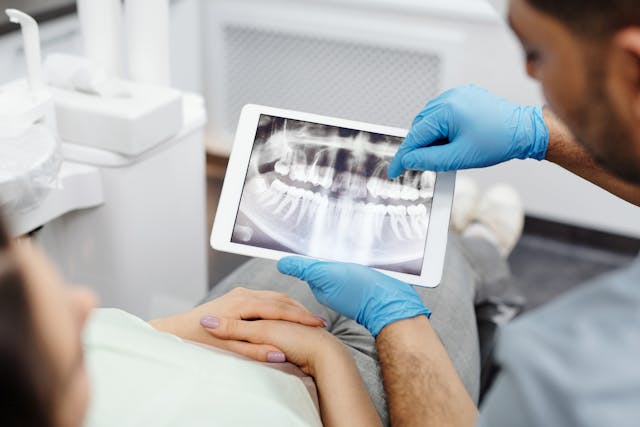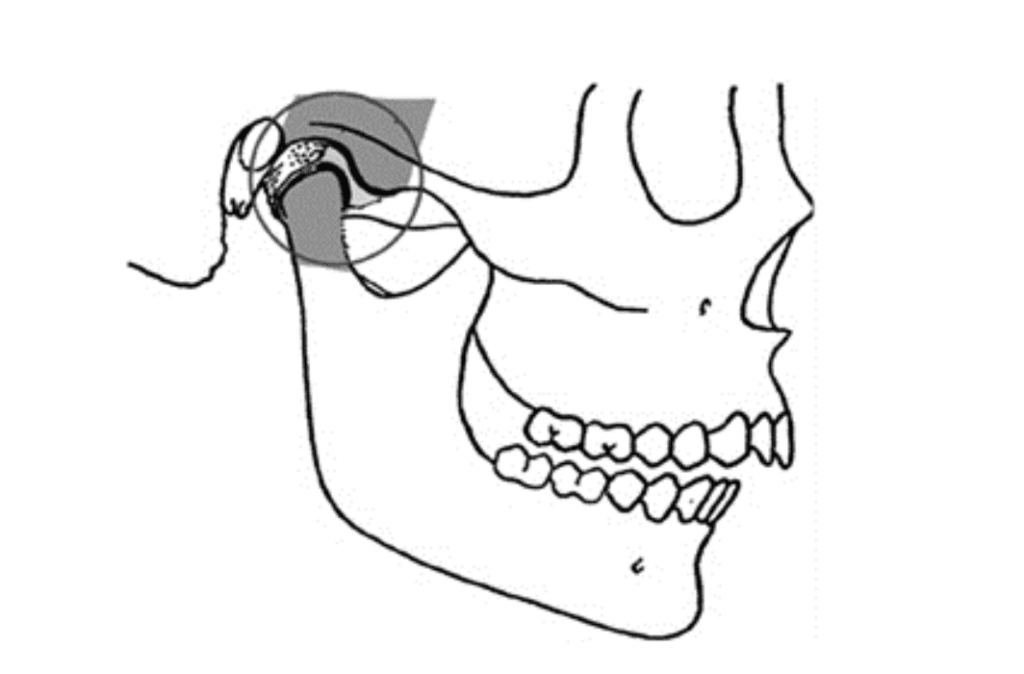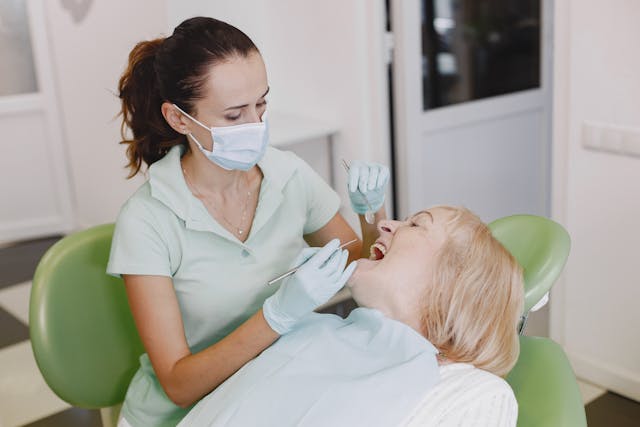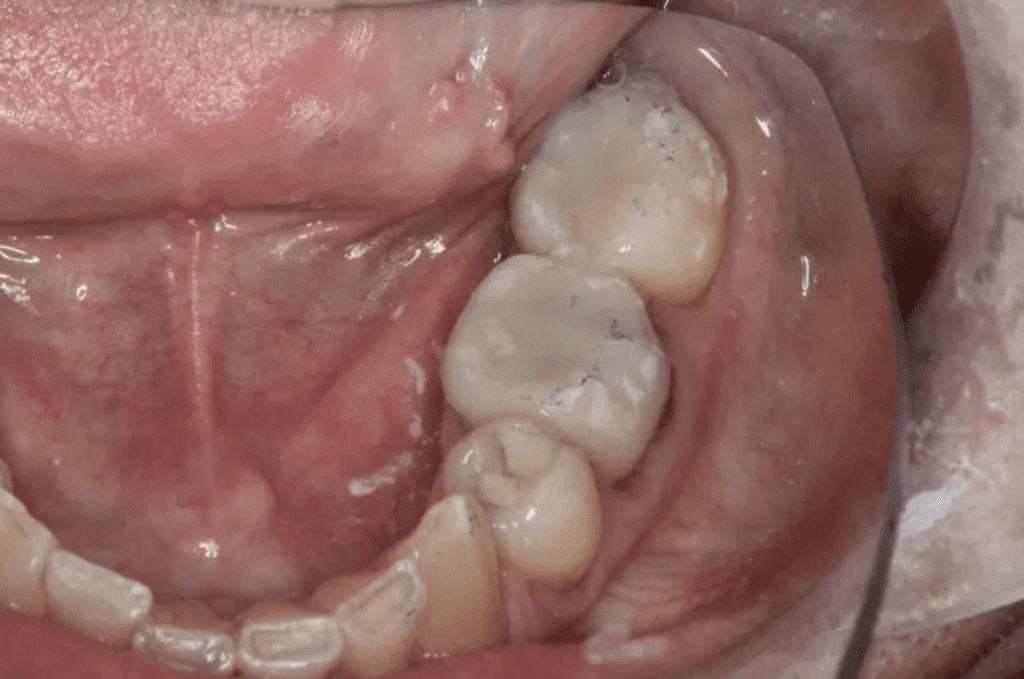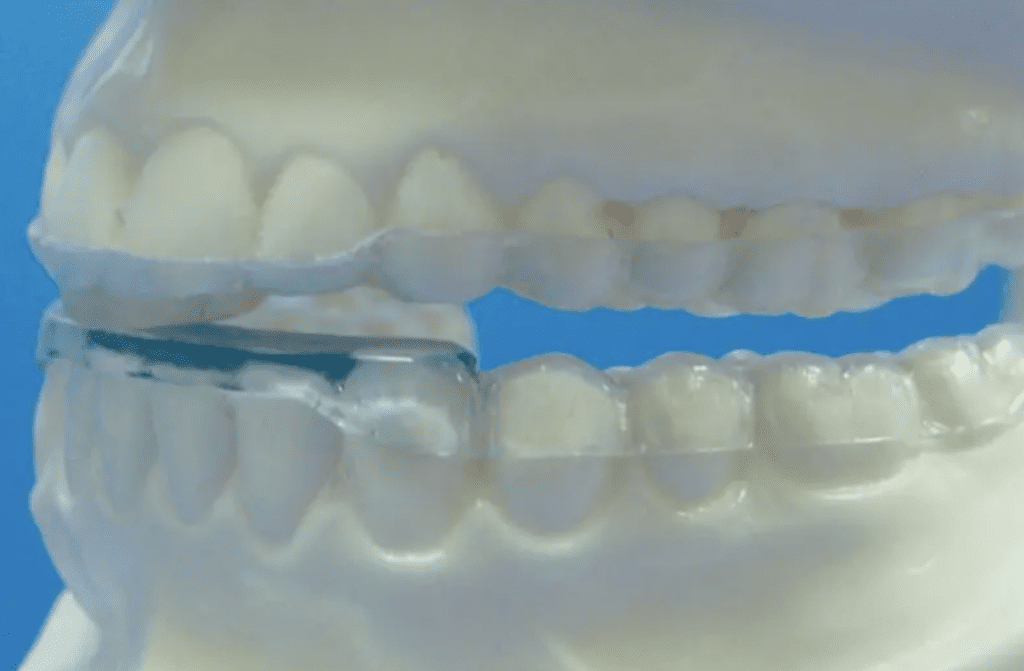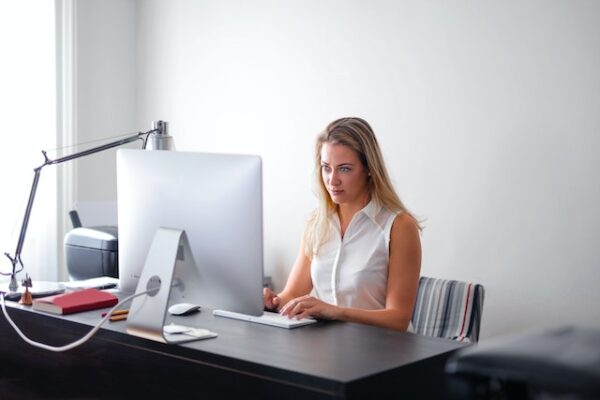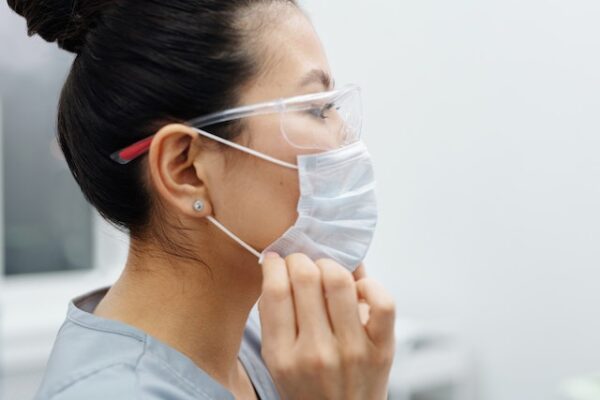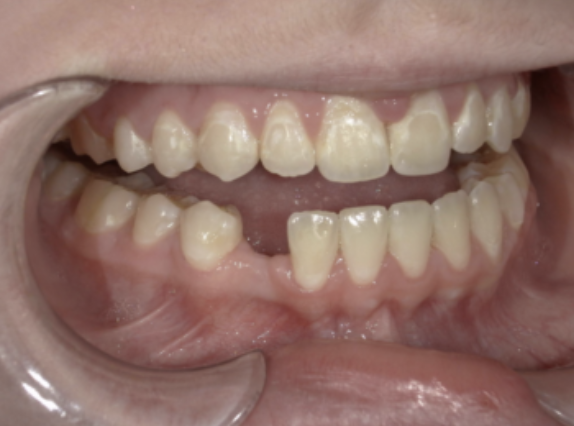![]()
Dr. Leonard Hess began teaching continuing education courses in 2005, and the topics include occlusion, smile design, treatment planning, preparation design, and practice integration of complete dentistry.
He’s taught full-day continuing education courses at the American Academy of Cosmetic Dentistry’s national meeting, The Greater New York Dental Meeting, AACD National Meeting, Pacific Dental Conference, Ontario Dental Association meeting, and The Yankee Dental Conference.
Dr. Hess also has taught courses in Japan, Germany, Poland, China, and Canada.
Dr. Hess is currently serving as the Senior Clinical Director at The Dawson Academy. He also owns Union County Center for Comprehensive Dentistry in Charlotte, North Carolina.
Complete Examinations in Dentistry
By: Dr. Leonard A. Hess, DDSClinical Director, The Dawson AcademyThe Article Originally Appeared on TheDawsonAcademy.com. Dr. Hess…
How To Track Key Dental Practice Performance Metrics
By: Dr. Leonard A. Hess, DDSClinical Director, The Dawson AcademyThe Article Originally Appeared on TheDawsonAcademy.com Measure What’s…
Top Phone Greeting Tips for Dental Practices
By: Dr. Leonard A. Hess, DDSClinical Director, The Dawson AcademyThe Article Originally Appeared on TheDawsonAcademy.com In today’s…
How to Master a Complete Dental Examination
By: Dr. Leonard A. Hess, DDS, Clinical Director, The Dawson AcademyThis article originally appeared on TheDawsonAcademy.com, Dr….
How Do You Know If You Achieved Centric Relation?
By: Dr. Leonard A. Hess, DDSClinical Director, The Dawson AcademyThis article originally appeared on TheDawsonAcademy.com, Dr. Hess…
TMJ 101: The Best TMD Treatment Options For Dentists
By: Dr. Leonard A. Hess, DDSClinical Director, The Dawson AcademyThis article originally appeared on TheDawsonAcademy.com, Dr. Hess…
What is Fremitus and Why Should You Check For It?
By: Dr. Leonard A. Hess, DDSClinical Director, The Dawson AcademyThis article originally appeared on TheDawsonAcademy.com, Dr. Hess allowed igniteDDS to…
Dentist Education: How Do I Predictably Prep Second Molars?
By: Dr. Leonard A. Hess, DDSClinical Director, The Dawson AcademyArticle originally appeared on TheDawsonAcademy.com, Dr. Hess allowed…
Sequencing a Full-Mouth Rehab: Anterior or Posteriors First?
The correct sequence to begin a full-mouth rehab is tobegin with the anterior teeth first, particularly the…
Q&A with Dr. Hess: Patients Who Have More Pain After Wearing a B-Splint
By: Dr. Leonard A. Hess, DDSClinical Director, The Dawson AcademyThe Article Originally Appeared on TheDawsonAcademy.com Question: What…
What Dental Cement Should I Use?
By: Dr. Chad Duplantis, D.D.S., F.A.G.D Have a patient and you need to decide which type of dental cement you should use? Here’s how I dealt with it:
Hidden Pitfalls of Googling Yourself: Dentists & the SEO Performance Mirage
By: Sean Hamel In this digital age, having a strong online presence is crucial for any business, including dental practices. Search engine optimization (SEO) plays a vital role in improving a dentist’s visibility in search engine results and attracting potential patients. While it’s natural for dentists to want to assess the effectiveness of their SEO…
10 Key Performance Indicators Your Dental Practice Should Track
By: Dawn Patrick Measure, monitor, and make go right, but what should you measure? As a dentist, it’s crucial to regularly track your dental practice’s Key Performance Indicators (KPIs). These metrics provide valuable insights into the health and success of your business, enabling you to make informed decisions and drive improvements. Top 10 Key Performance…
This Should Be An Easy One…
By: Dr. Chad Duplantis, D.D.S., F.A.G.D Ever have a case that you are sure should be an easy one to handle, then turns out it really isn’t? Here is my experience with just that!
Moving On To Another Dental Practice
By: Bruce Bryen After getting out of dental school and going to work as an associate at a dental practice, the feeling of having learned what was available to digest at that practice now seems like it has been fulfilled. It seems like it is time to either go to another dental practice to continue…
Dental Fuel Episode 4: Expert Advice with Dr. Tony Mennito
In Dental Fuel episode 4, Dr. Mennito continues to master his craft in the realm of dentistry, where he offers some advice to our listeners. Dr. Anthony Mennito (Tony) is a private practice dentist as well as an adjunct faculty member at the MUSC College of Dental Medicine in Charleston, South Carolina. His dental practice,…
Process of Getting Your Dental License
By: Savannah Craig If you’re anything like me, you’ve been following a variety of different checklists over the last 8-10 years to get you closer to your goal of becoming a dentist. You knew what it took to take the DAT and apply to dental school. Throughout your dental school career, you knew what classes…
My Untraditional, Chaotic, and Beautifully Unique, Unpaved Path into Dentistry
By: Dr. Bri Torgerson A smile is so underrated, yet so widely sought after. The international language for happiness. A signal for a truce. In an instant, a smile can be calming, reassuring, and safe. Even thinking about a smile, most of us think of someone we love and can feel our dopamine increase. Just…
Dental Fuel Episode 3: Team Mistake with Dr. Tony Mennito
In Dental Fuel episode 3, Dr. Mennito shares about learning from the mistakes that a previous practice manager made that helped him learn how to best communicate with his team. Dr. Tony Mennito. Dr. Anthony Mennito (Tony) is a private practice dentist as well as an adjunct faculty member at the MUSC College of Dental…
Congenitally Missing Tooth #27
By: Dr. Chad Duplantis, D.D.S., F.A.G.D

